Automobile manufacturers consistently look to various sources of inspiration when designing their cars. A current trend or future direction in the industry can ignite the spark for a new design. It is also not uncommon to revisit vintage designs, blending nostalgic elements with modern technology into one seamless package.
The reasons for reaching into the past are varied, ranging from functional motivations and aesthetics to commemorating an iconic model. This list is by no means exhaustive, but it does showcase modern cars influenced, in varying degrees, by classic-era relatives.
#1: Ferrari Daytona SP3

The Daytona SP3 is the newest Ferrari’s Icona series member, a special model line dedicated to paying homage to some of the carmaker’s most iconic classic models (hence the name, Icona). In the case of the Daytona SP3, its design language borrows heavily from Ferrari’s ’60s era racing cars like the 330 P4 and 350 Can-Am and the 512 TS.

This is evident with elements like the clean double-crested front wings, the positioning of the door mirrors and the distinctive horizontal blades at the rear. Ferrari will only make 599 units of the Daytona SP3; unsurprisingly, they are sold out.
#2: Kimera EVO37
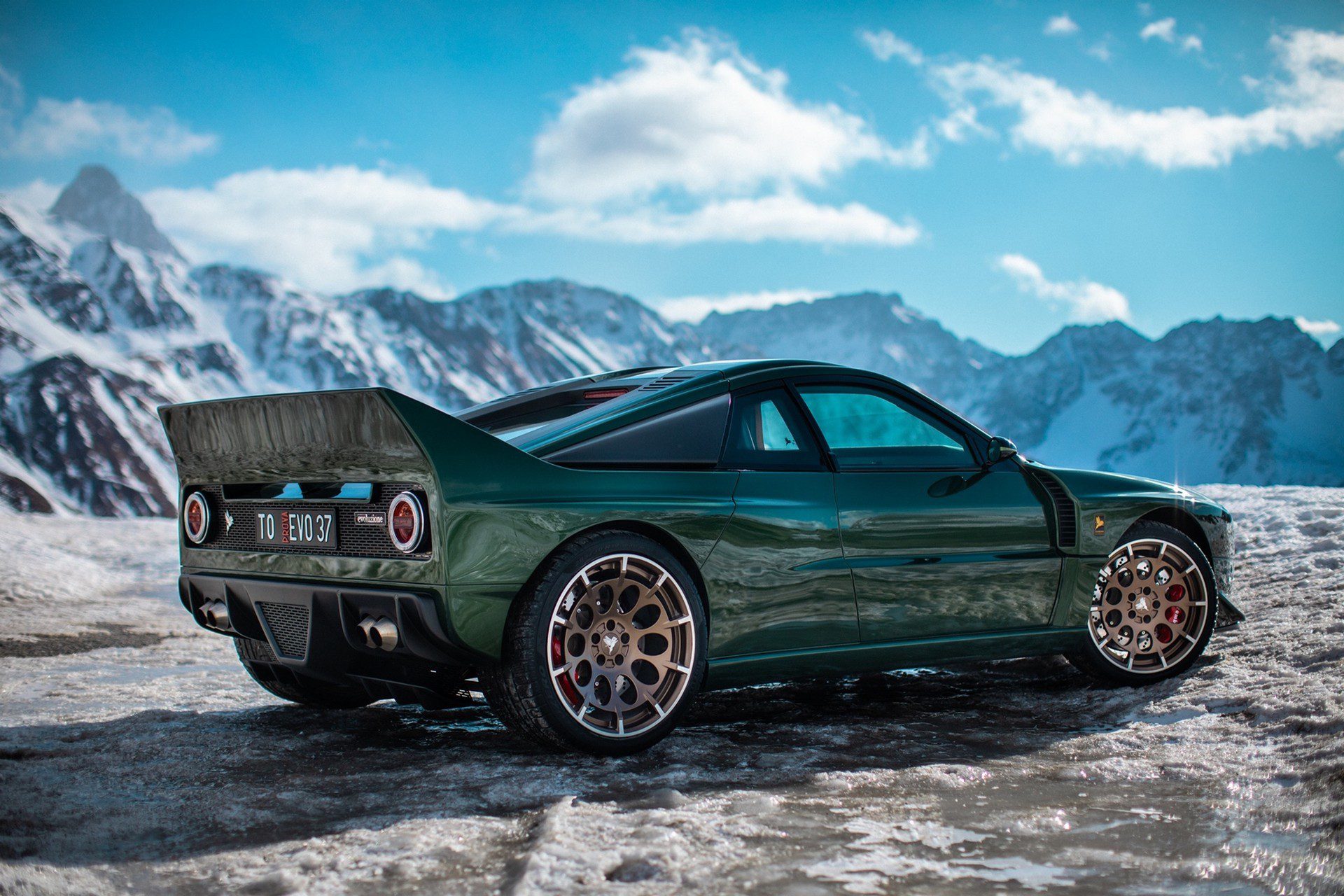
One of Lancia’s most famous rally cars was the Lancia 037, and it is this car that inspired the EVO37, built by Italy-based Kimera Automobili. However, do not yield to the temptation to describe the Kimera EVO37 as a Lancia restomod. It is so much more than that. For one, the EVO37 is a ground-up redesign, and only two parts are exactly the same as on the original 037.
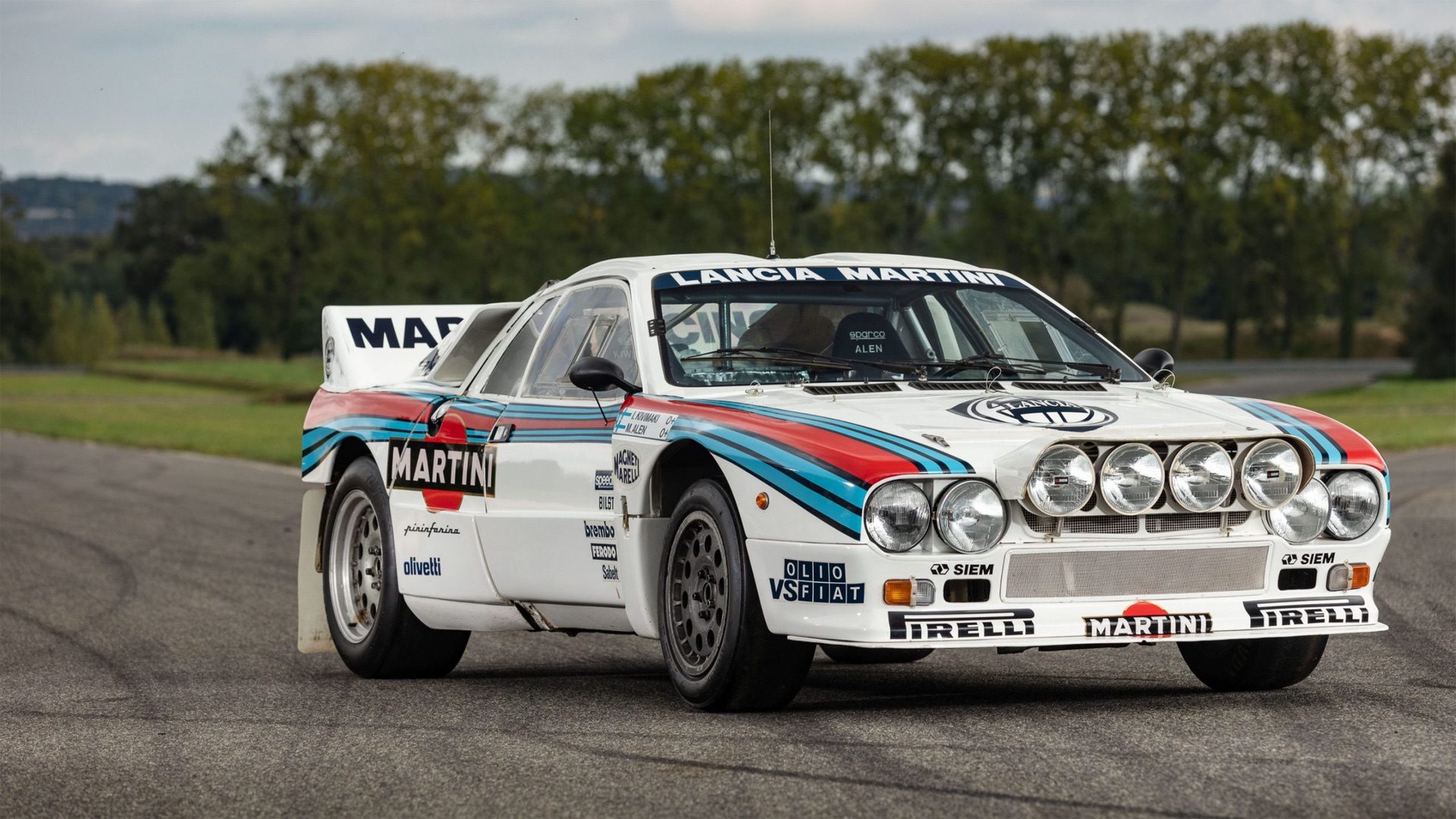
They share the same philosophy, though, creating the ultimate driving machine that offers maximum driver engagement at all times. For the Kimera EVO37, that means rear-wheel-drive, six-speed manual and a turbocharged engine unit that can crank out as much as 512 hp.
#3: Touring Superleggera Aero 3

The first car to feature this signature styling by Carrozzeria coachbuilders back then was the 1937 Alfa 6C 2300 B, a race car specifically designed for the famous Mille Miglia 1,000-mile road race. Now, the Aero 3, with a similar design mindset, seeks to connect the coachbuilder to its roots with styling cues borrowed from past Touring projects. An example of the subtle touches is the horizontal tail lights, a style that recalls the Disco Volante and other classic Touring-styled coupes.
#4: MAT New Stratos

A Ferrari F430 might have supplied the mechanical underpinnings, but the MAT New Stratos is an unwavering tribute to the 1973-1978 Lancia Stratos. That much is clear from the similar exterior wedge-shaped styling, though with the New Stratos, much of that bodywork is carbon fiber. Manifattura Automobili Torino (MAT) wanted to bring back the rawness of analog driving, just like it was with the ’70s Lancia Stratos.

A project that began with a request to build a one-off interpretation of the original Stratos soon morphed into a limited 25-unit production run with a flat-plane crank V8 and six-speed manual gearbox as some of the highlights.
#5: Alpine A110

First introduced in 1961, the first-gen Alpine A110 was one of the most notable French cars that emerged during the ’60s-era. The car cemented its iconic status by winning the first rally championship in 1967 and the inaugural World Rally Championship in 1973. In 2017, leveraging this legacy, Alpine introduced a modern take on the original A110.
Not only did the name remain unchanged, the new A110 shares striking visual similarities with the first-gen model. You can spot the design influences in the headlights and overall curved profile. Like the original, the reinvented A110 also emphasized lightweight construction, with a bodywork mostly made from aluminum and a curb weight of 2, 432 lbs (1103 kg).
#6: Porsche 911

It’s hard to think of any other supercar that has remained faithful to its original design, like the Porsche 911. The first iteration entered production in 1964, and today, eight 911 generations and almost six decades later, the initial design continues to inspire every evolution. Among other things, the latest models still sport the iconic silhouette, round headlights, rear-engine layout and a manual gearbox (now optional), just like the classic variants.
#7: Ford GT (2nd Gen)

The second-gen Ford GT is an aerodynamic tour de force. The low-slung design aims to reduce drag as much as possible in order to maximize the power from its turbocharged V6 powerplant. From that perspective, one can see a connection to the 1964 Ford GT40 supercar, a car that was only 40 inches above the ground at its highest point.
According to Chris Svensson, Ford’s Design Director who oversaw the GT’s development, other elements connect the two supercars. He mentioned how the windscreen wraps into the side screens (a visor screen). Chris also discussed the similar positioning of the round taillights and round exhausts at the rear of both cars.
#8: Mercedes Benz SLS AMG

The SLS AMG has been described as a classic reincarnation of the Benz 300 SL, unveiled at the 1954 New York Auto Show. The design inspirations are immediately evident with the iconic gullwing doors on the SLS AMG. Other elements reminiscent of the gullwing 300 SL classic sports car include the wide radiator grille with the large Mercedes star and the wing-like cross fin on the bonnet.
There is nothing classic about the SLS AMG’s powerplant, though. Beneath that long bonnet lies a 6.2-litre naturally aspirated V8 that generates 563 hp in the base model and up to 631 hp in the SLS AMG Black Series.
#9: Nissan Z
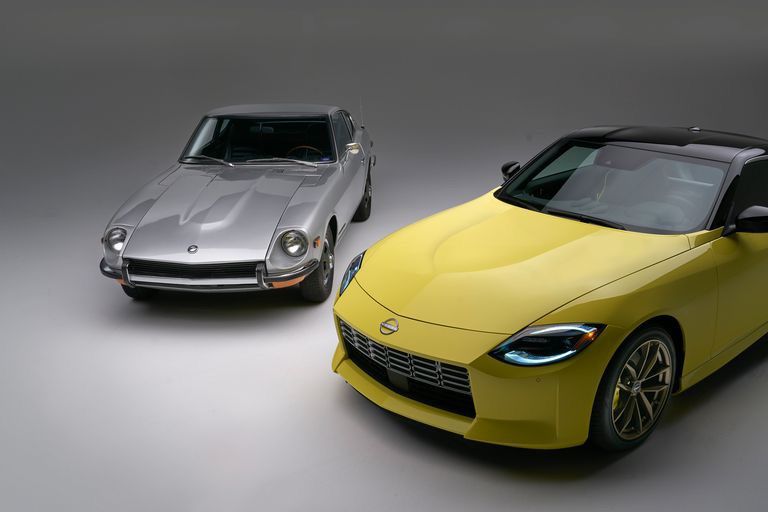
Now in its seventh generation, the Nissan Z sports car boasts a name change and an all-new design. However, there are aspects of the new styling that pay homage to some of the family line’s most memorable ‘Z’ cars. For example, the emblem, headlights and the bulge on the car’s hood are influenced by the 240Z.
Then you have the double-row tail lights, which are a nod to the 300ZX. The new Nissan Z features several technological upgrades over the previous models. Still, the carmaker will hope that these design references to the past evoke nostalgia every time you see the car.
#10: Lamborghini Countach LPI 800-4

The Countach flagship supercar was the definitive poster car for many a gearhead growing up. There was nothing particularly remarkable about the way the car handled or drove. However, the combination of that iconic wedge shape and the rumbling V12 powerplant placed the car on a pedestal, conferring a legendary status that endures to this day.
It made perfect sense then that Lamborghini resurrected the nameplate on the car’s 50th anniversary for a modern interpretation of a timeless classic. The Countach 2.0 or Countach LPI 800-4 features many styling cues of the original. The powerplant, however, is a significant upgrade, featuring a hybrid powertrain that cranks out 803 hp. That’s more than double the output of the 1st-gen Countach.


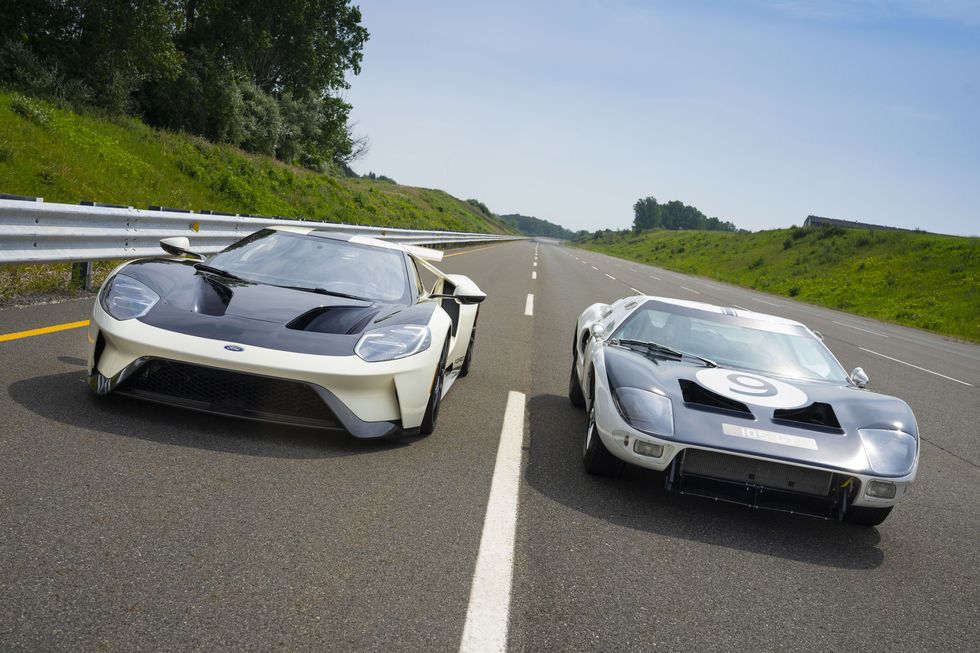

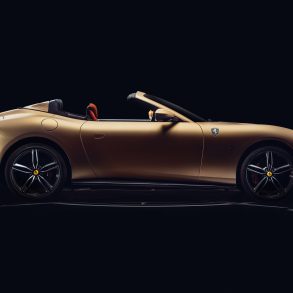
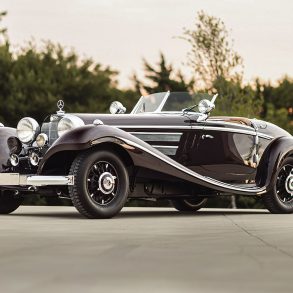
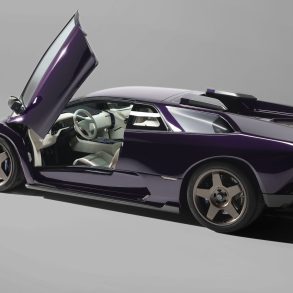
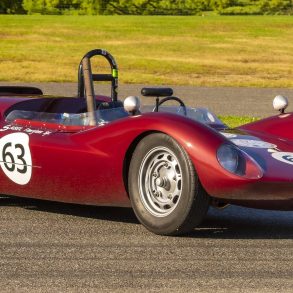
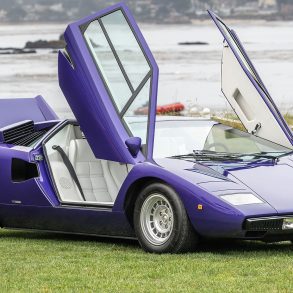
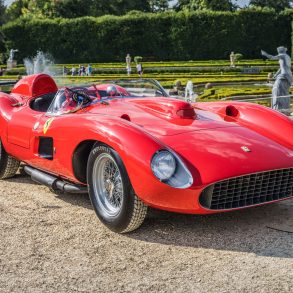

In nearly all nine pairs, I prefer the old car.
The prototype Ford GT was especially neat and compact. At speed, though, it aviated.